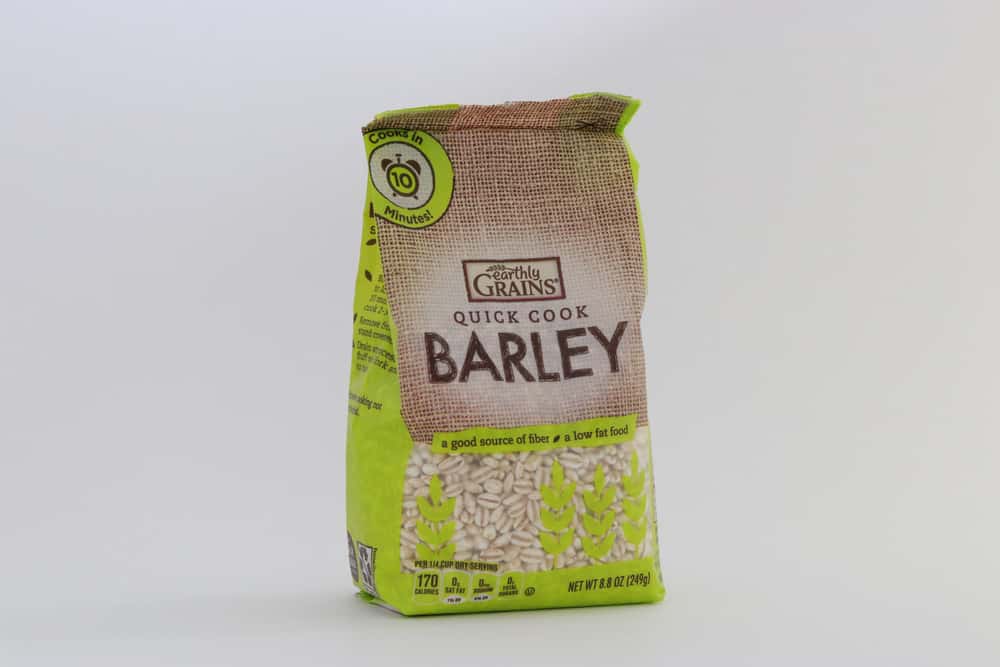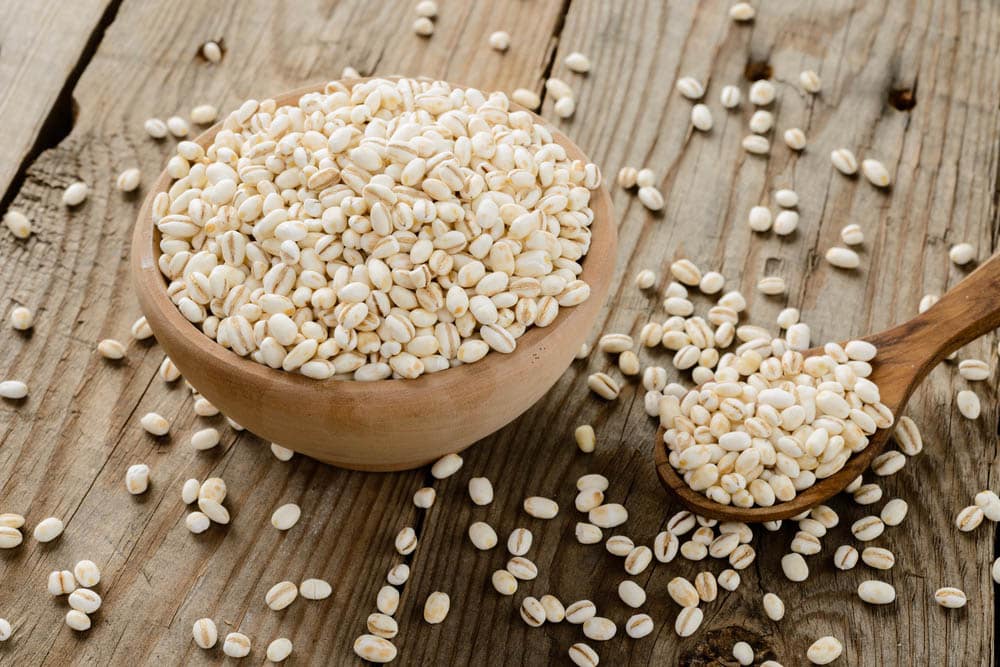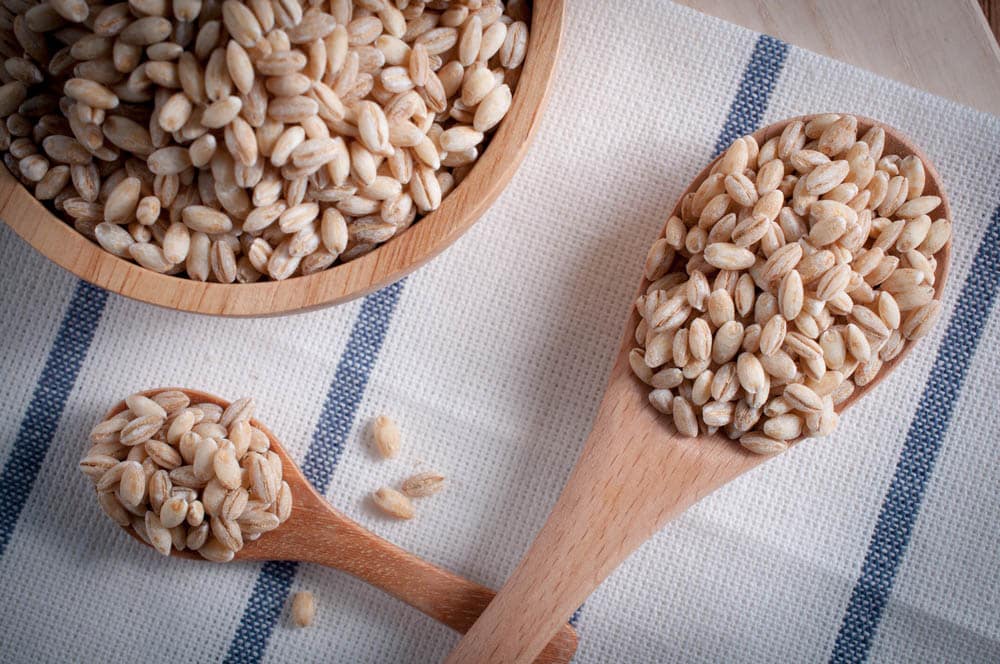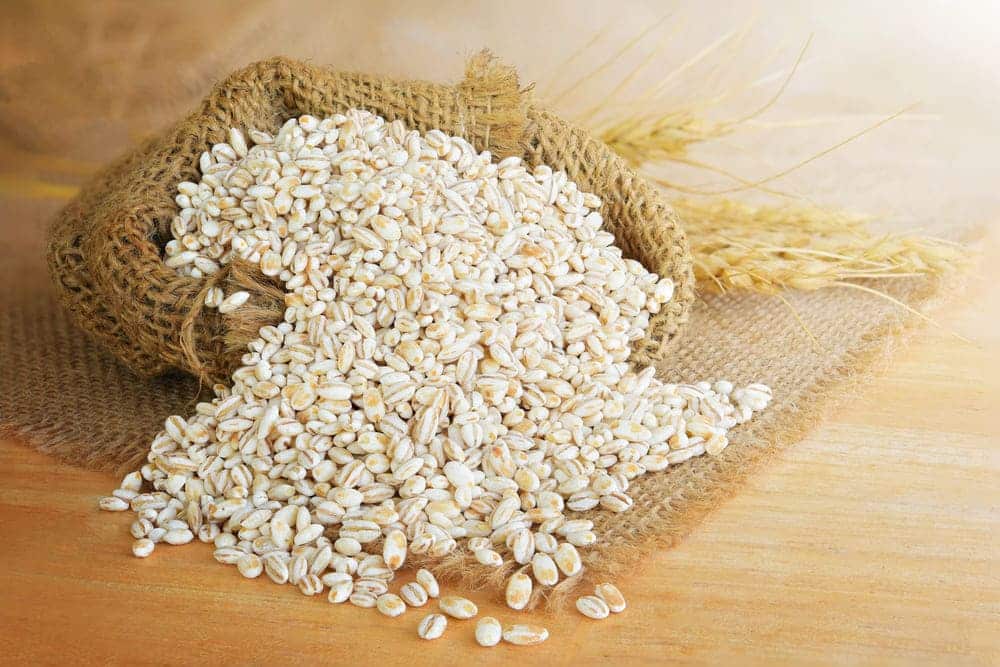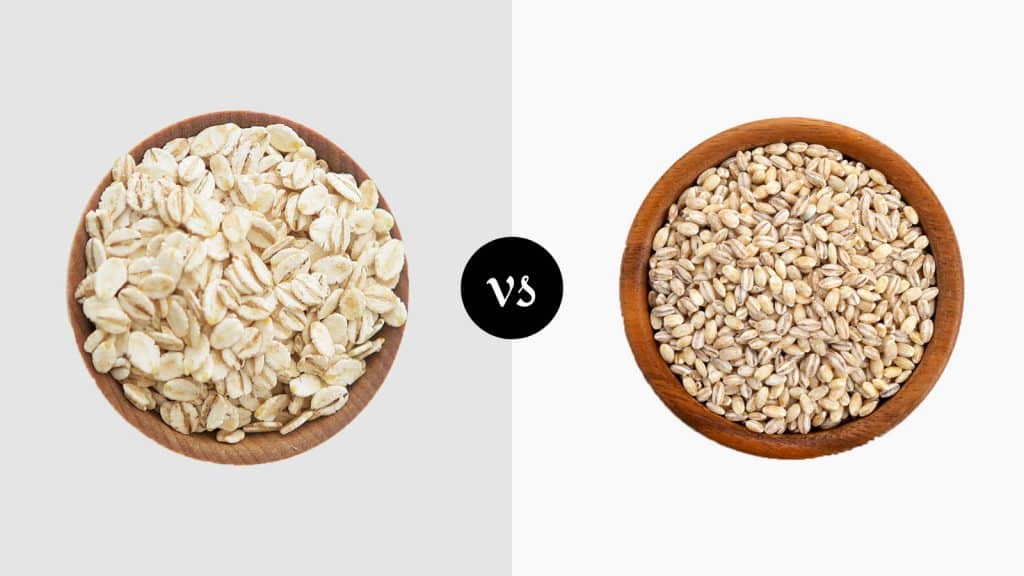
Just about each and every one of us has tried the tasty grain called barley. It is a member of the grass family and can be found growing in temperature climates across the world. Barley was one of the first grains ever cultivated and is used across all types of industries.
You’ll find barley included in several beverages, animal fodder, and health foods for thousands of years, and across time, mankind has bred quite a few different types of barley. Two of the most popular types of barley are quick-cooking barley and pearl barley.
Many believe them to be similar when in actual fact, these are two very different ingredients. We’re here to clarify the differences by giving you a complete comparison of quick-cooking vs. pearl barley spanning everything from appearance to taste.
Quick Cooking Barley Vs. Pearl Barley Comparison
| Quick Cooking Barley | Pearl Barley | |
|---|---|---|
| What Is Quick Cooking Barley? | Partially Dried, Flake Rolled, Partially Cooked Barley | Polished Split Barley Grains With Their Outermost Layer Of Bran Removed - Not Whole Grain |
| Color | Rugged, Flaky Matte Tanned Yellow | White Pearlescent Grains With Tints Of Yellow/Tan On Certain Grains |
| Texture | Rough Absorbent Texture With Less Chewiness Than Pearl Barley | Firm, Tender And Slightly Chewy |
| Preparation | 10-15 Minutes Cooking Time | 45-60 Minutes+ |
| Benefits | Rapid Cooking Ability, Absorbing Flavors | Unique Texture And Taste Suited To Sweet & Savory |
| Considerations | Quick Cooking Barley Has Very Little Flavor Of Its Own | Cooking Period Can Exceed 60 Minutes When Pot Is Full And/Or Many Ingredients Used |
Quick Cooking Barley Vs. Pearl Barley
No matter which you pick between pearl and quick-cooking barley, you’re guaranteed a tasty, tender, and highly nutritious grain, but which variety is best?
Our comparison of quick-cooking barley vs. pearl barley has everything that you need to know to make the optimal choice coming up.
Quick Cooking Barley
Anyone who enjoys barley but simply doesn’t have the time to prepare it or the nature to plan their meals ahead should give quick-cooking barley a try. Ready in minutes and endlessly versatile, here’s a closer look at what makes this ingredient a must-have for so many cooks.
What Is Quick Cooking Barley?
Quick-cooking barley is partially dried and cooked while being put through a flake rolling process, resulting in it already being more than halfway prepared. This means it cooks in a fraction of the time. Pearl barley is most often used to make quick-cooking barley.
Color
Regardless of the type of barley that quick-cooking barley is made from, the appearance is usually exactly the same, excluding some very minor differences.
Quick-cooking barley is usually rugged and flaky with a matte tanned yellow coloring and without the refined smoothness of pearled grains.
Texture
Almost all varieties of quick-cooking barley will be noticeably less chewy than pearl barley and other varieties. They also have a rough texture that makes each grain absorb liquid and flavors better than their counterparts.
Preparation
As the name of quick-cooking barley clearly indicates, this type of the popular plant is one that’s cooked relatively much quicker as compared to its other varieties.
While pearled barley takes about 45-60 minutes, quick-cooking barley cooks in 10-15 minutes flat, and then you can use it however you prefer.
Benefits
The main benefit to cooking quick-cooking barley is just how fast it is ready. In just ten minutes, you’ve got a tasty addition to soups, salads, stews, wraps, and just about anything else you can think of.
Quick-cooking barley also excels at absorbing flavors from whatever it is being cooked or served with.
Considerations
There is little to no inherent flavor left in quick-cooking barley. If you’re incorporating barley for its flavor specifically, rather opt for pearl barley or barley groats.
Pearl Barley
Pearl barley is the variety that most of us have grown up with. There are simply so many uses for this healthy grain that everyone is advised to try incorporating it in new exciting ways into their meals.
With a subtle flavor of its own and just the right consistency to make it a go-to replacement for any other grain, there are so many good reasons to turn to pearl barley. Let’s take a closer look.
What Is Pearl Barley?
Pearl barley gets its name from its manner of preparation. This highly popular ingredient is barley grains that are each polished to give it its pearl-like appearance by removing the outermost layer of bran. Keep in mind this is the only major type of barley that isn’t a whole grain.
Color
If barley was pearled lightly, it will have a yellow/tanned color that comes naturally with the grain. However, if it is pearled heavily, the color changes completely and develops into white, while the size at times becomes smaller as well.
Texture
Pearl barley has a firm but chewy texture that has a slight crunch to it when cooked properly. Pearl barley grains absorb flavor well but, if cooked in a stock, will be less neutral than quick-cooking barley.
The flavor of barley itself is far more prominent in pearl barley than it is in quick-cooking barley.
Preparation
Pearled barley needs absolutely no pre-soaking at all and can be directly prepared. Once set up to cook with your barley in a pot of boiling water, pearled barley takes about anywhere between 45 minutes and one hour before it is fully prepared and ready for use.
Benefits
The texture and wholesome nature of pearl barley make it a fantastic alternative to rice that comes packed with a flavor all of its own. Yet, the taste is subtle enough to be served sweet or savory and with just about anything preferred atop.
Considerations
Keep in mind that pearl barley cooked with other ingredients instead of just water and salt alone will always take considerably longer than 60 minutes.
It can take anywhere up to an hour and a half for barley to reach a similar degree of softness to quick-cooking barley if the pot is packed with other ingredients and dense stock.
What Is The Difference Between Quick Cooking Barley And Pearl Barley?
The main difference between quick-cooking barley and pearl barley is that quick-cooking barley has been partially cooked during a flake-rolling process allowing it to cook in roughly ten minutes, whereas pearl barley has only had its outer hull removed, effectively polishing the outside of each grain.
Pearl barley takes much longer to cook, at up to an hour or more of cooking time total.
Which Is Best Between Quick Cooking Barley Vs. Pearl Barley?
The best choice between quick-cooking barley and pearl barley depends on how much time you have to cook the meal in mind.
Pearl barley is almost always the better choice due to the flavor that develops during the extended cooking period as well as its tender-but-chewy texture as opposed to a soft and chewy quick-cooking barley grain.
